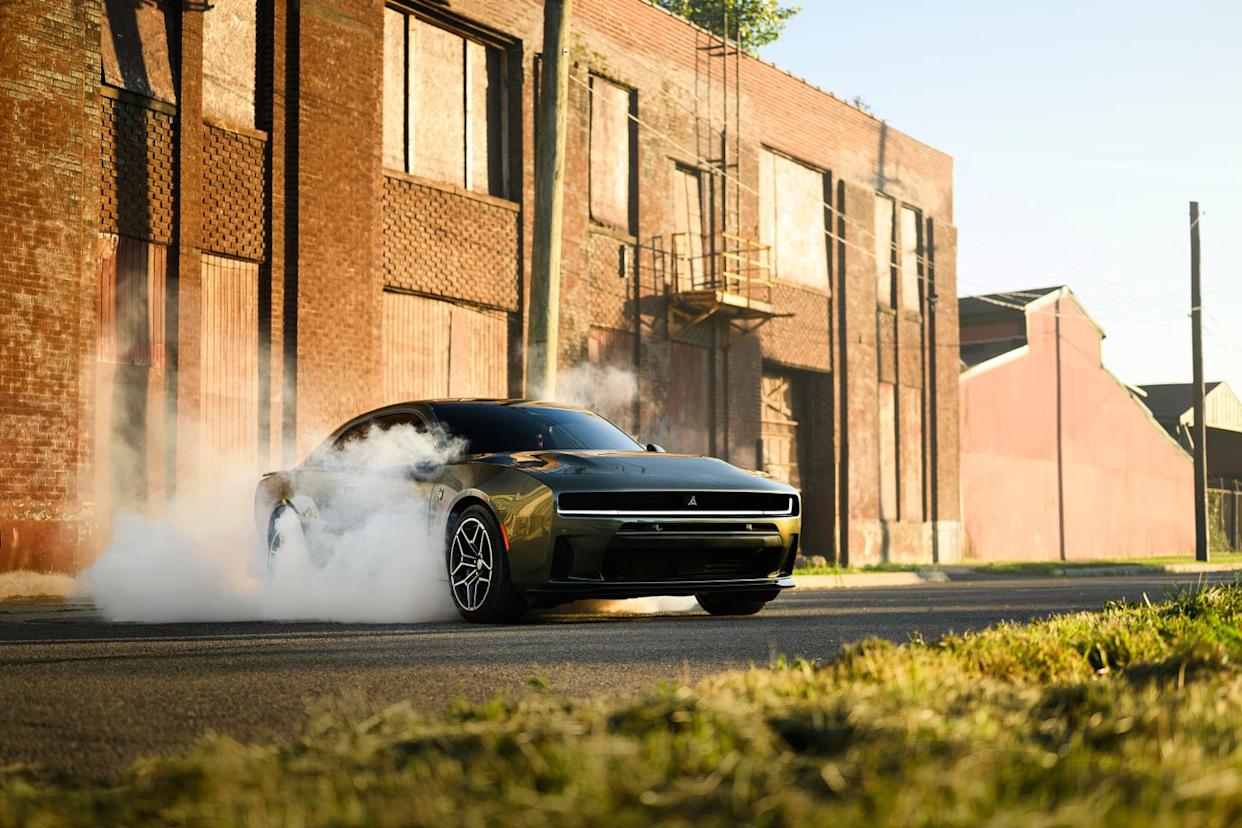
The 2026 Dodge Charger Sixpack will reach dealerships later this year, offered as a 550-hp Scat Pack model that can run a claimed 12.2-second quarter-mile.
A 420-hp R/T model will arrive early next year, and all Charger Sixpacks are all-wheel drive but can disconnect the front axle on demand for burnouts and other shenanigans.
The Scat Pack version starts at $56,990, while the R/T model will come in at $51,990.
When Dodge unveiled the electric Charger Daytona last spring, the news included confirmation that the Charger would also continue to offer gas variants. The Charger's new six-cylinder engine won't match the thunder of the Hemi V-8, but it packs ample power. Now, Dodge has released full details on the gas-powered 2026 Charger Sixpack before sales kick off later this year, and it looks like an absolute riot.
550 HP and RWD On Demand
The Sixpack model will come in two trims. The Scat Pack tops the lineup, featuring the Sixpack—the name Dodge is using for its Hurricane inline-sixes in the new Charger—engine in "High Output" (H.O.) form. That means a total of 550 horsepower and 531 pound-feet of torque from the twin-turbocharged 3.0-liter engine, enough for the Charger Scat Pack to blast from zero to 60 mph in under four seconds and cover the quarter-mile in a claimed 12.2 seconds. Top speed is listed at 177 mph.

Below the Scat Pack will be the Charger R/T, using the "Standard Output" version of the Sixpack engine, rated at 420 hp and 468 pound-feet of torque. Dodge hasn't provided acceleration estimates for the R/T just yet, but it said this variant will top out at 168 mph. Both versions of the six-cylinder are hooked up to an eight-speed automatic transmission.
Dodge revealed a few other details about the Sixpack H.O. engine, which is built around a cast-aluminum block and structural aluminum alloy oil pan. The 3.0-liter features a forged steel crankshaft and forged steel connecting rods, along with forged aluminum pistons with an anodized top ring and a diamond-like coating on the pins that aims to reduce friction. Dodge says the engine delivers 88 percent of peak torque at 2500 rpm and over 90 percent of peak torque between 3000 and 6000 rpm. For comparison, the electric Charger Day instantly delivers peak torque—but it also sounds like an alien species tried to mimic an internal-combustion engine's rumble and failed spectacularly.

All Charger Sixpack models come standard with all-wheel drive, but they have a rear-wheel-drive mode that sends 100 percent of torque to the back axle. Along with a standard Line Lock feature on the Scat Pack that clamps the front brakes while directing torque rearwards, this will allow for impressive burnouts. The front axle can also disconnect when cruising to improve fuel economy. We call that a win-win.
The Sixpack is equipped with a standard mechanical limited-slip differential and a launch-control function. Stopping duties are handled by Brembo six-piston front calipers and rear floating calipers, operated via a brake-by-wire "eBoost" system that adjusts the response depending on the drive mode. The Charger uses a multilink front suspension with forged aluminum links, while the rear suspension has a fully independent four-link configuration. Dodge says the Scat Pack model weighs around 4800 pounds, with 55 percent of the weight carried up front.

The Same Muscular Style
Visually, the Charger Sixpack doesn't look too different from its electric brethren. The front bumper features a larger lower grille with a thin slot above, while the "R-Wing" pass-through on the hood is gone. Instead, the hood instead bulges upwards to accommodate the twin-turbo engine between the fenders. Around back, the telltale dual stainless-steel exhaust tips indicate that this is a Sixpack, not a Daytona.
The 20-inch wheels on the Scat Pack are shod in 275-section-width Goodyear all-season tires as standard. There are eight exterior colors available, including Green Machine, new for the Charger lineup for 2026. The Scat Pack can be had with an optional panoramic glass roof, while a Blacktop package adds darkened exterior badging and 20-inch "Blacknoise" aluminum wheels.
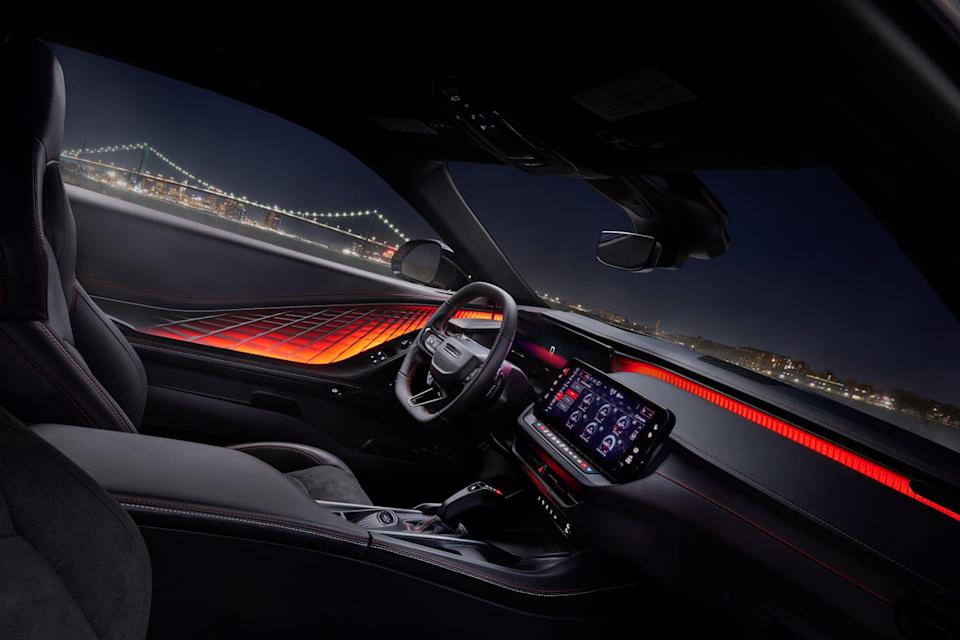
The cabin is also mostly identical to the Charger EV, the main differences being a different badge on the dashboard (reading "Charger" instead of "Daytona"), and there's a button that reads "Start Engine Stop" to emphasize the internal-combustion heart. The paddles behind the steering wheel now shift gears, instead of adjusting the regenerative braking as in the Daytona EV. A Carbon & Suede package brings carbon-fiber interior accents, carbon-fiber mirror caps, leather and suede performance seats, and suede trim on the instrument panel, headliner, and A-pillar. An 18-speaker Alpine sound system is also available. We'd put it to good use by enjoying Def Leppard's entire library.
The gas-powered Charger Scat Pack will reach dealerships before the end of 2025, with orders opening on August 13. The Scat Pack will start at $56,990, while the R/T model, set to go on sale in the first half of next year, will start at $51,990. Both trims will be offered in two-door or four-door form, with the latter requiring an extra $2000 and four-door models not available until next year. The 2026 Charger Sixpack models will be sold alongside the electric Charger Daytona Scat Pack, which starts at $61,990 for 2026, a whopping $13,195 less than it did in 2025.
You Might Also Like
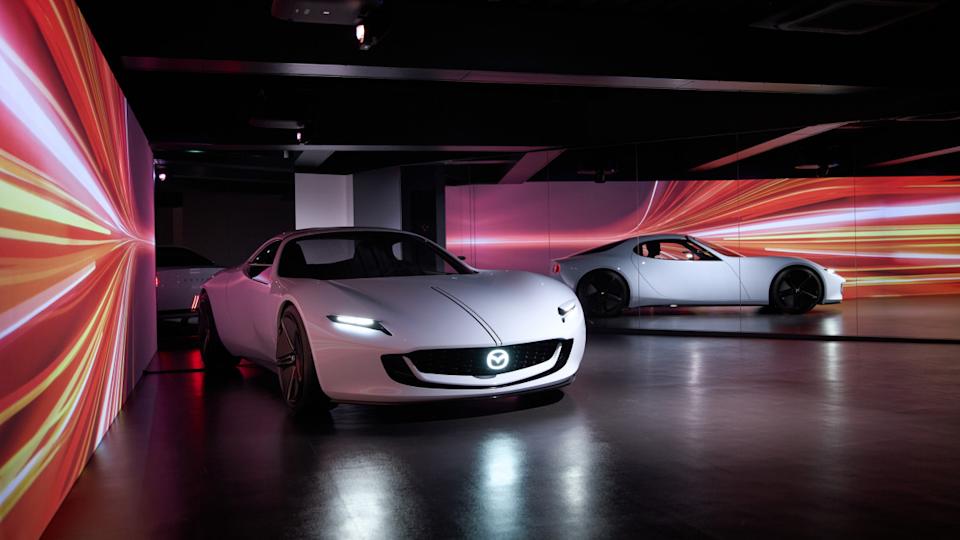

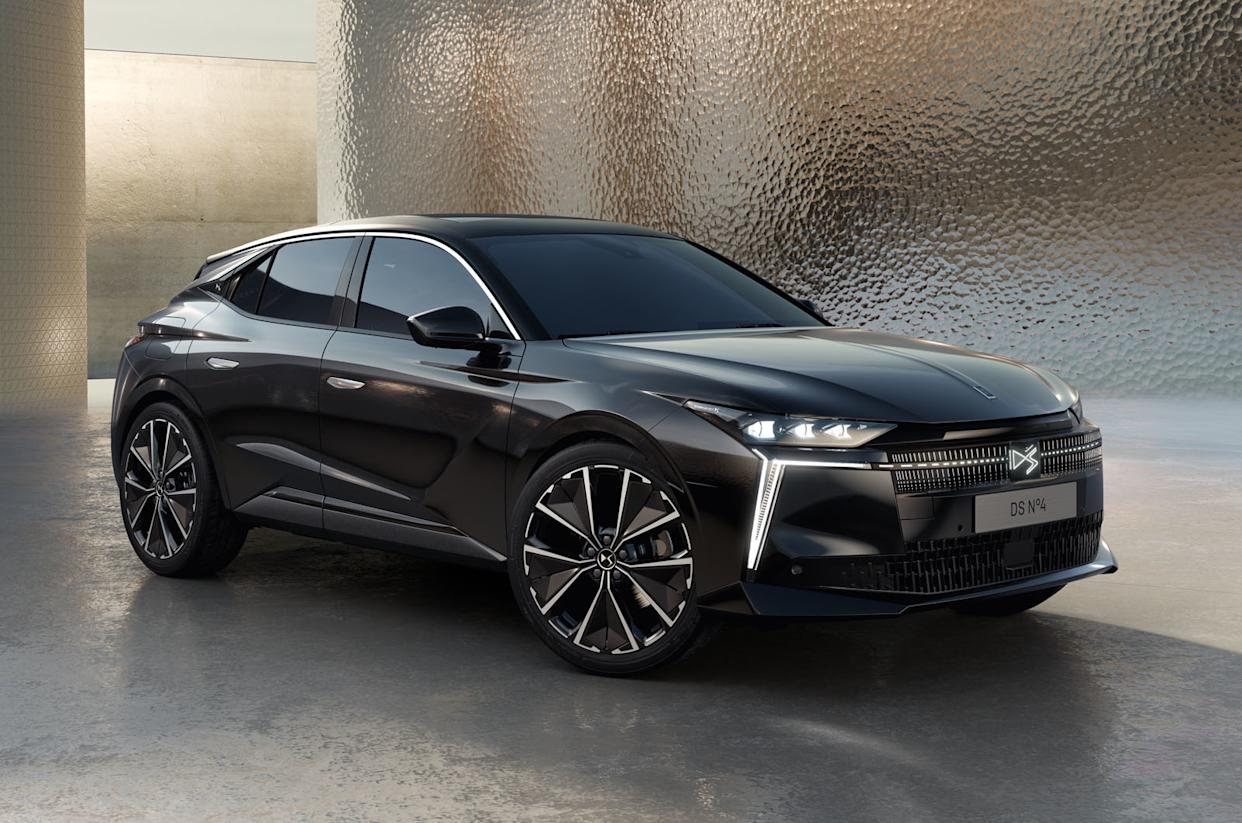
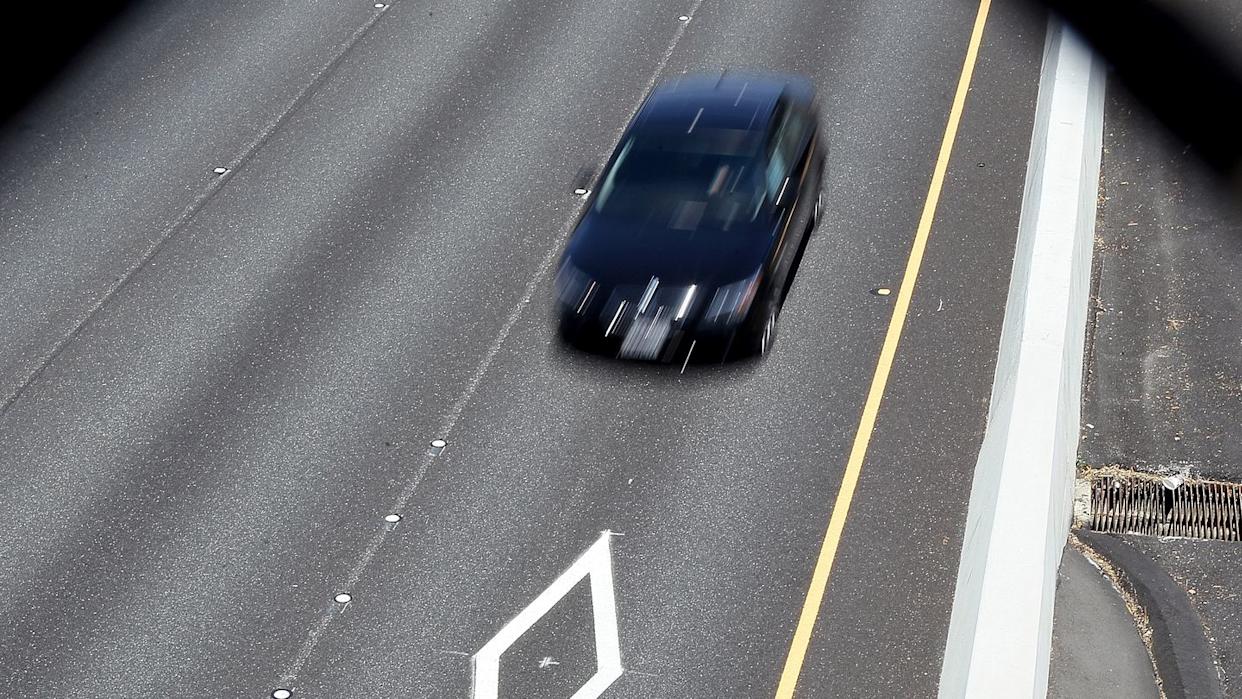
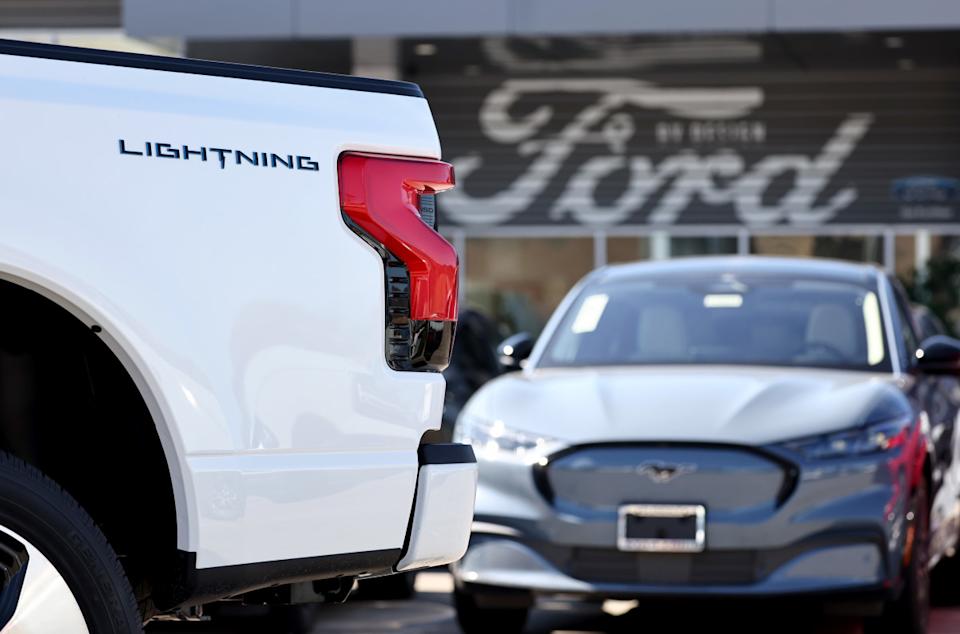
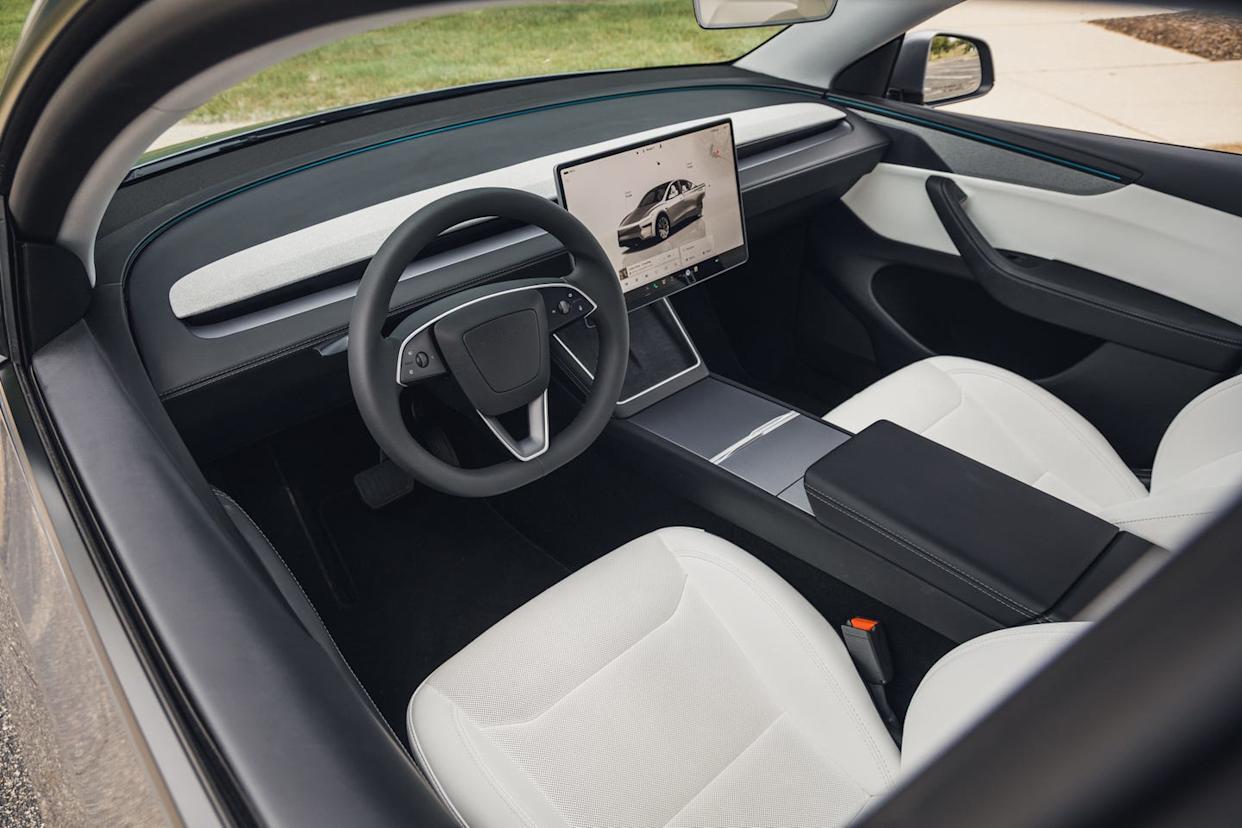
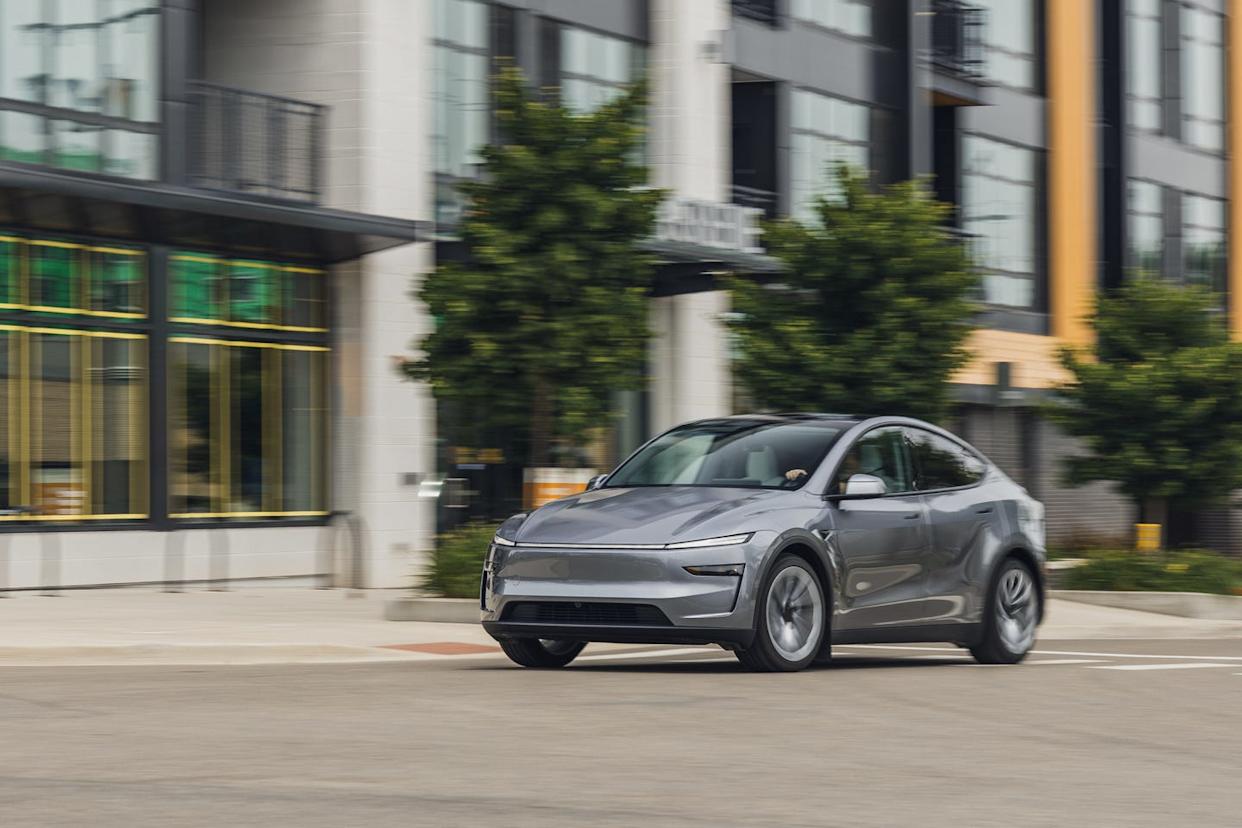
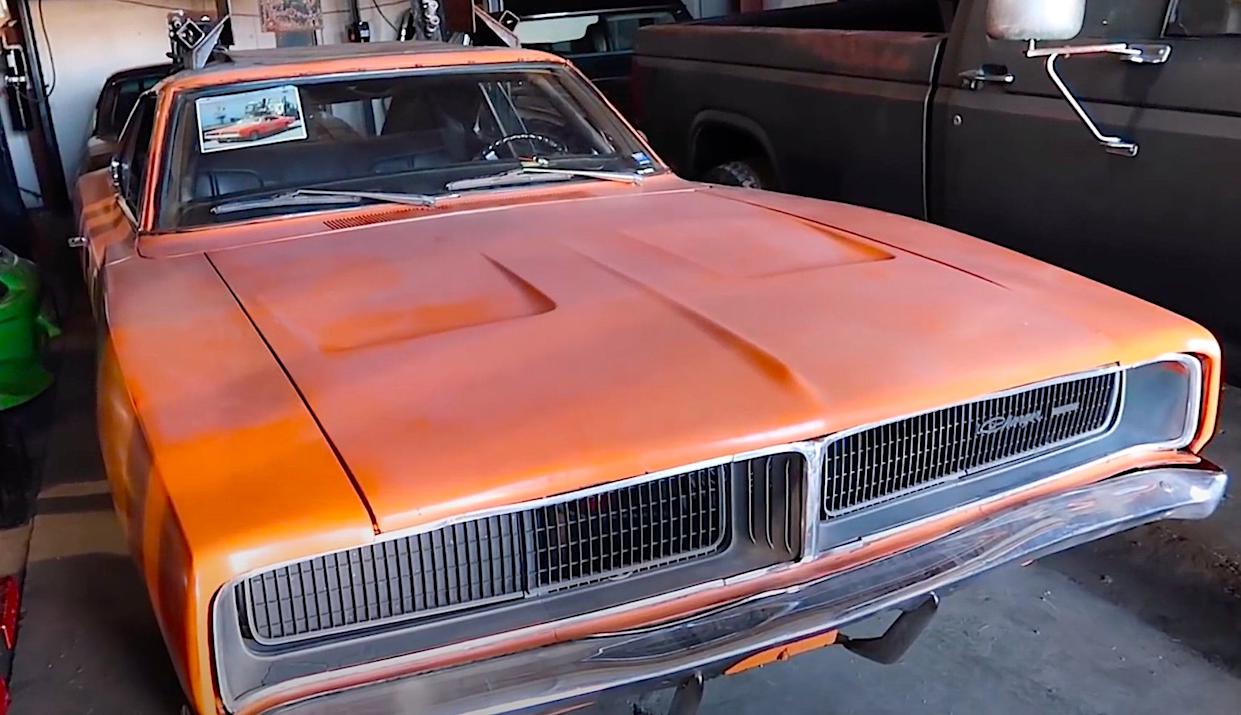
Comments